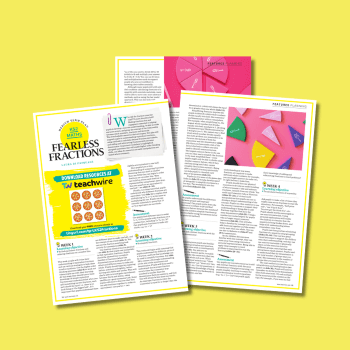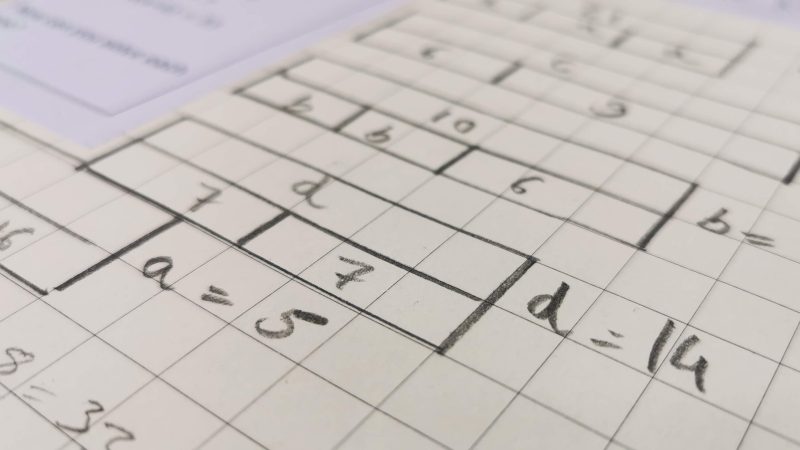How to design maths activities that get your pupils where you need them to be

Most maths activities should have a mixture of fluency, reasoning and problem-solving questions, says teacher Tom Garry
- by Tom Garry

Most maths activities should have a mixture of fluency, reasoning and problem-solving questions, although this doesn’t need to be the case in every single activity.
A higher proportion of questions aimed at developing fluency may be appropriate earlier on in an instructional sequence, while the proportion of problem-solving activities may increase later, but all three elements should be present throughout an instructional sequence.
Questions of the same sort don’t necessarily need to be grouped together in an activity, so there is no problem in mixing up question types.
Bearing in mind that pupils need to practise not only new learning but also prior learning, it’s important to include questions from previous learning steps and instructional sequences from time to time.
Mixing these in with your new learning questions will ensure that pupils are regularly having to think about and practise their prior learning.
Progressive questioning
Something that I strongly recommend is using progrssive questioning.
Progressive questions are simply questions that get incrementally more difficult as they go along.
This is common practice: most assessments start with easier questions and leave the hardest ones to the end.
Planning your activities in this way is very useful as it allows all pupils to get started with an easier question or two before the difficulty increases.
It also means that you can gather information on how your pupils are getting on with their learning by seeing what they find difficult.
Designing questions so they get progressively more difficult takes some practice, as it’s sometimes hard to work out which questions pupils will find harder – indeed, it often depends on the student.
Having said this, it’s a powerful way of making sure your pupils are all able to access the activity independently through having a low threshold to start with before ramping up the difficulty.
Remember that each activity you design should have meaty, non-standard questions (probably towards the end) that are your ‘deepening understanding’ questions.
Take the test
It’s important that you work through and answer any questions yourself before you give them to your pupils (even if you already have the answers available to you).
Going through this process allows you to see the questions from the point of view of your pupils, which helps in the process of anticipating and understanding their errors and misconceptions.
This in turn will help you to notice and correct these errors more swiftly.
I use a copy of the pupils’ activity that I’ve completed myself before the lesson starts as a tracker – I can then refer to this when circulating during the lesson and use it to note down questions that are proving particularly problematic by means of a simple tally.
Each learning step that you plan should have an activity, and this should indicate whether your pupils are ready to move on to the next learning step.
We can think of the activity as the door that our pupils walk through to get to the next learning step.
The activity that you design for a particular learning step helps to guide you in your teaching, prompting you to think about what you’ll need to teach your pupils to enable them to successfully complete the questions contained in your activity.
While you want to be sure that you get a high degree of success from your pupils, it’s important to bear in mind that not all pupils will be able to access the most difficult questions aimed at deepening their understanding, but this does not mean they’ve failed to grasp the core learning of the step.
Tom Garry is a deputy head and NCETM maths mastery specialist teacher. This is an extract from his new book Mastery in Primary Mathematics (£24.99, Bloomsbury).











